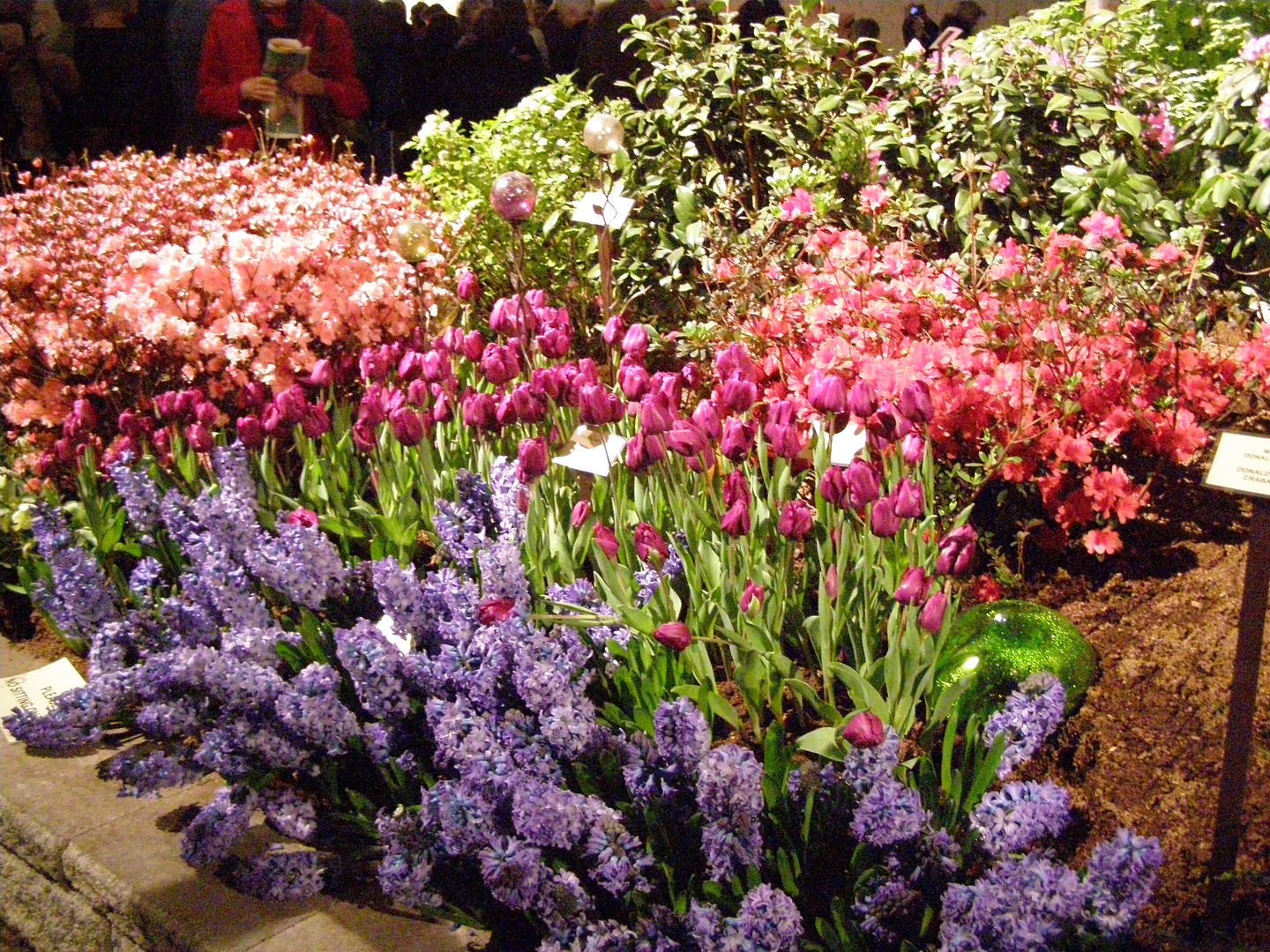
Most of the exhibits looked like this. Rhododendrons, flowering trees, and an assortment of bulbs with little of anything else. I call this lazy design. You see all these flowering plants being used will flower after a period of cold. Some do it faster than others so designing your patch of land boils down to knowing when to pull something out of the fridge.
The only real thing to appreciate is the slight variation in colors. It's actually fun pointing out a new cultivar. They're hidden among the designs like a Where's Waldo puzzle.
That said I actually enjoyed some of the exotic plants being displayed. They have to be native to somewhere after all.

Rhododendrons in these designs, though colorful, are quite boring. There aren't really any advances in color with them like there are with bulbs. I find designers who use them actually turn to telling a story in some way or include a hard scape for interest.

The story here is the man in the crooked house fell on hard times. He is now known as the man in the crooked shack and every day at 12 noon can be seen riding his unicycle down the ramp before falling flat on his face... at least that's what I got from this.

Tulips and Hyacinths. The blur I gave this shot (even with the 3 flesh-tone eye soars in the middle) did this display loads more justice than seeing it in person. Besides being a raised bed with a lawn I found it very boring. How would someone ever mow that!
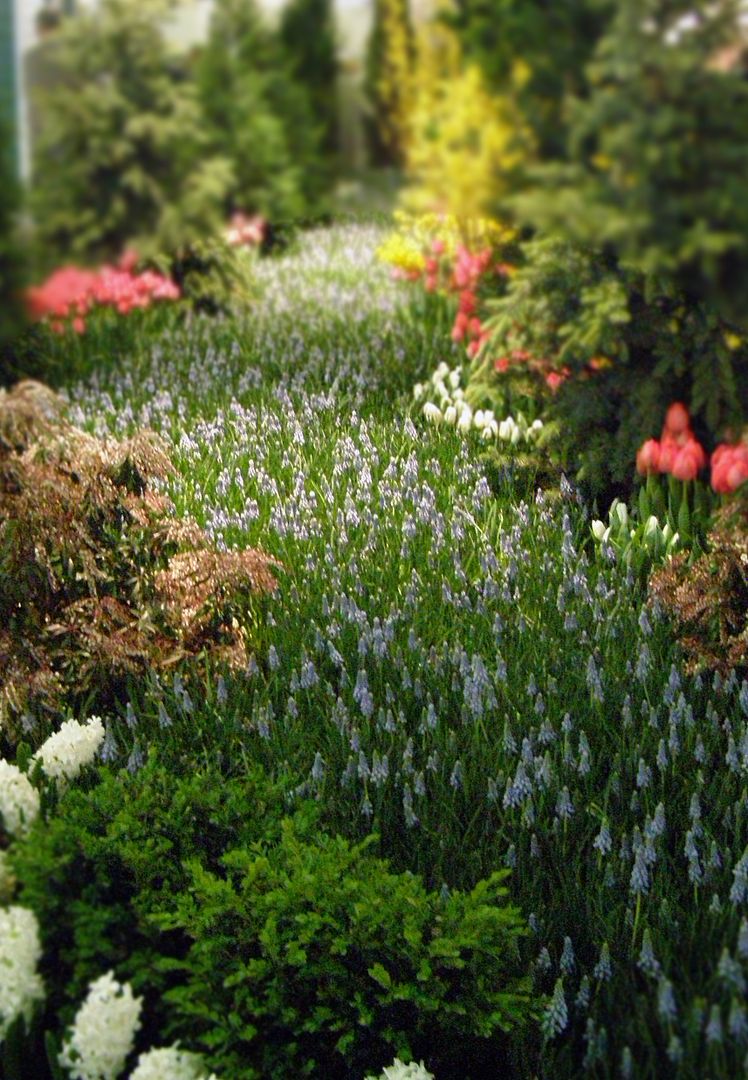
This is probably what parts of Iceland and Holland, where most of our bulbs originate, look like in the spring. They grow a bit more wildly of course but it's pretty all the same.
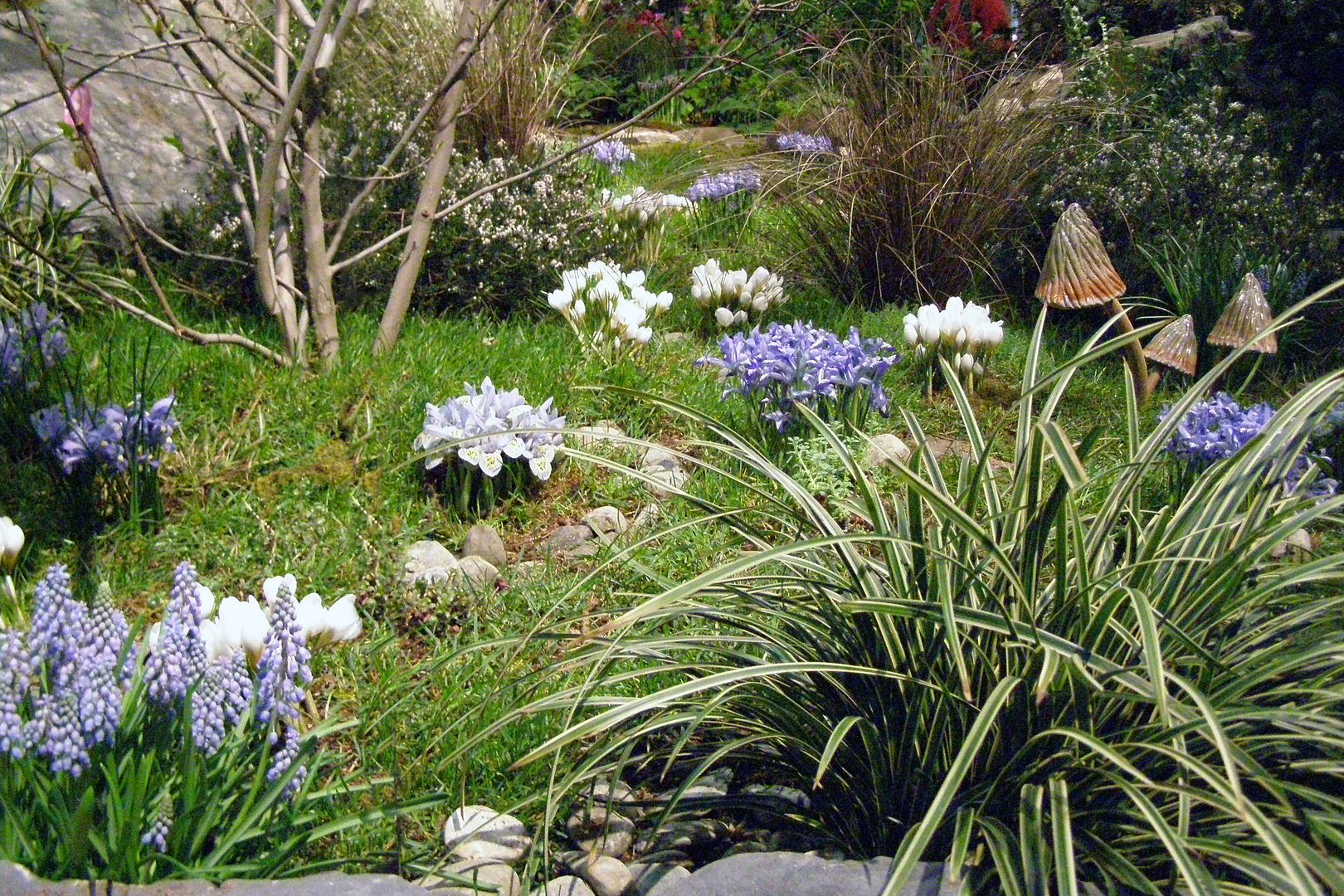
I love the little patches of blue here. That's also how some bulbs spread over time. The flower usually fails to produce a seed but when it does usually it will create a stray plant somewhere. Probably the more prophetable way of spreading is from the bulb dividing underground over time. this is what makes the patch effect recreated here. They wouldn't be as even of course. Tulips like sandy soil and don't do well in the US. They slowly die out over time here.
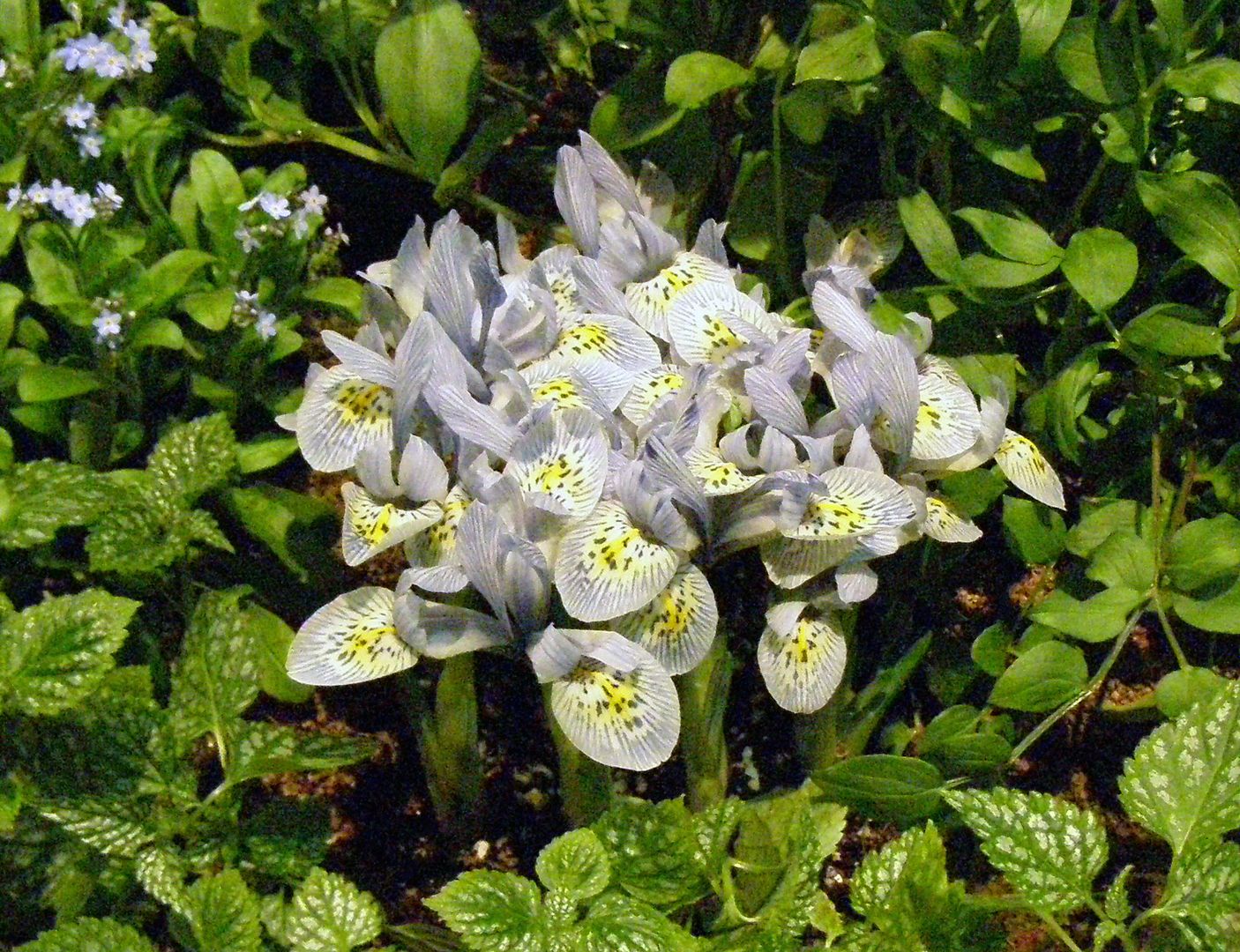
Upon closer inspection of their Iris though I realized it's not a color I'm accustom to seeing. In fact I'd say this is a fairly new cultivar, at least to the US. (I noticed a few tulips like that too but didn't bother with pictures.)

The blue lines on the white petals almost suggest a gray color.

This plant was very eye catching. The tag reads "Bromeliad aechmea 'blue tang' " unfortunately I can't find anything on google about 'blue tang' so I would chalk this up as being an uncommon cultivar of that plant.
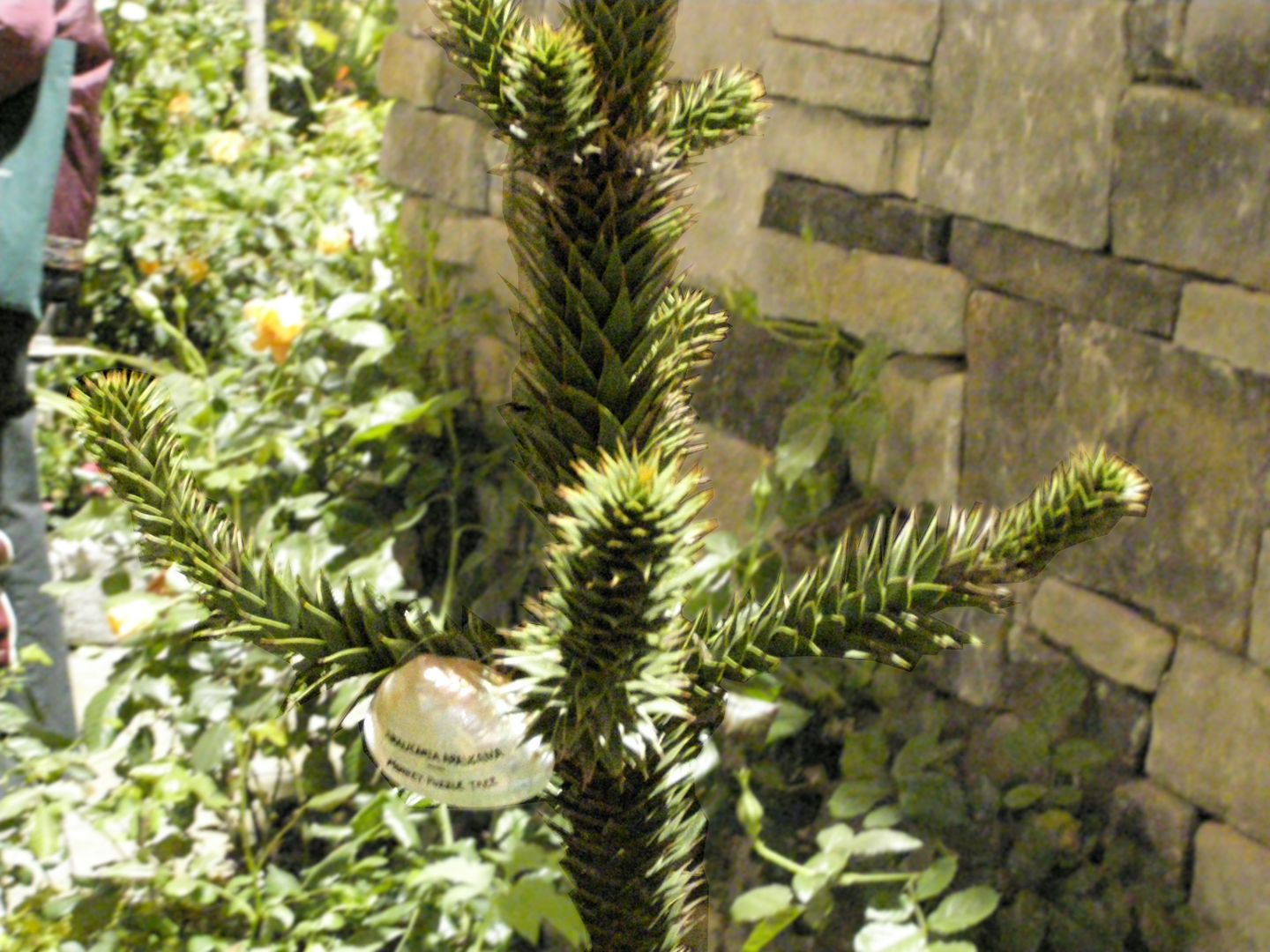
Monkey Puzzle Tree! I love the name of this plant. Someone has a seriously clever marketing department. The name is so exciting it makes me forget the plant is covered in fleshy spines, and easily broken branches. Seriously this tree, grows up tall but all the lower branches slowly fall off until you're left with something that looks like a palm tree. It's literally a tree you plant so you can say you have a Monkey Puzzle Tree. Doesn't make a whole lot of shade, doesn't flower at all, the branches break off easy (and naturally) and you end up with a palm. It's something you buy to make people scratch their head.
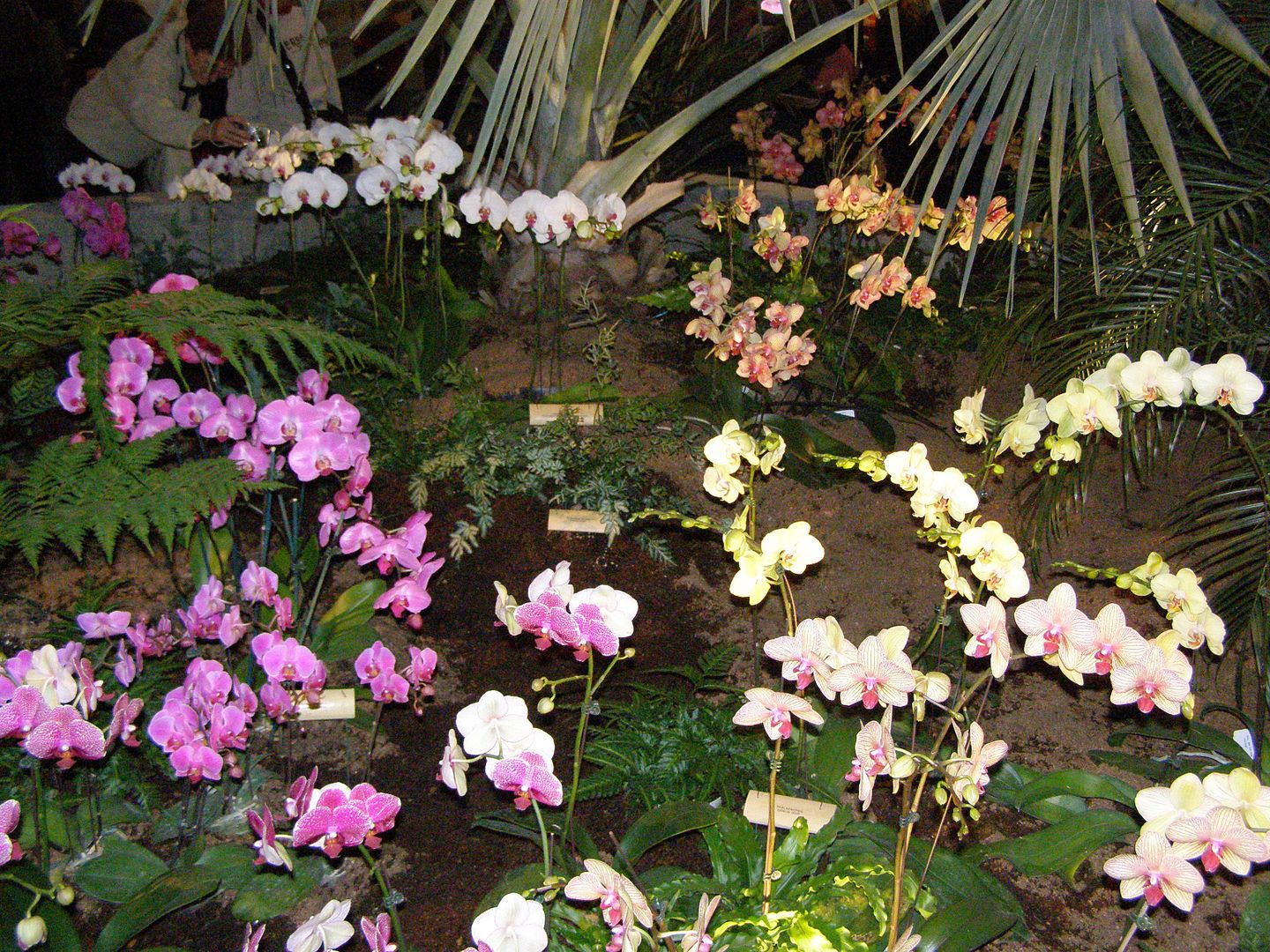
Orchids! Dozens and dozens of orchids. One exhibit was nothing but these and I got bored with them real fast, though I'm sure some were rare and exotic. The lighting wasn't great enough for any of my shots. There was actually a fake tree made up and had orchids planted all along the branches. It looked neat but the sea of dear old women heads was to great for my camera to handle.
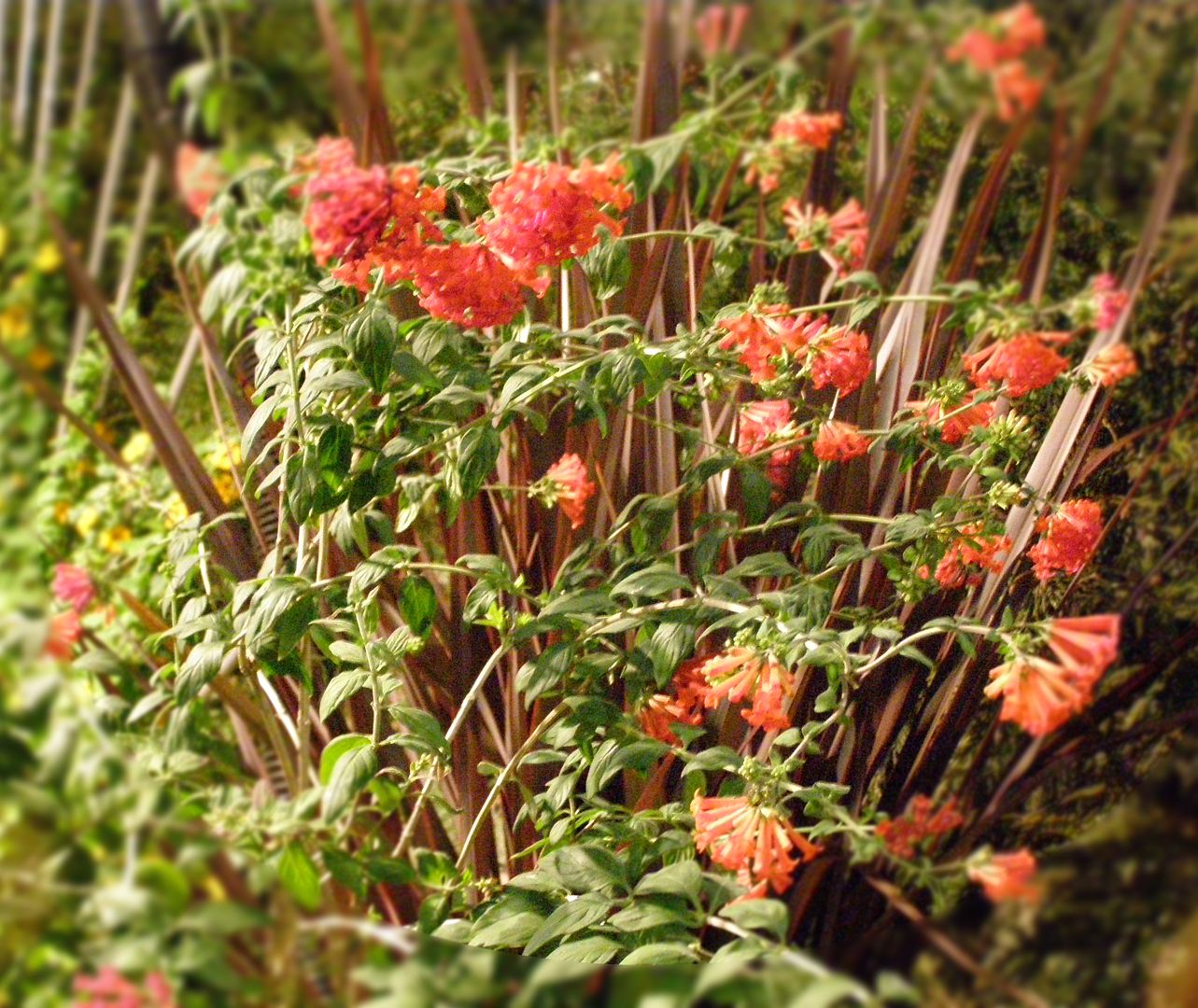
Though this looks like a honeysuckle I want to say it's actually one of the more exotic relatives of the butterfly bush.
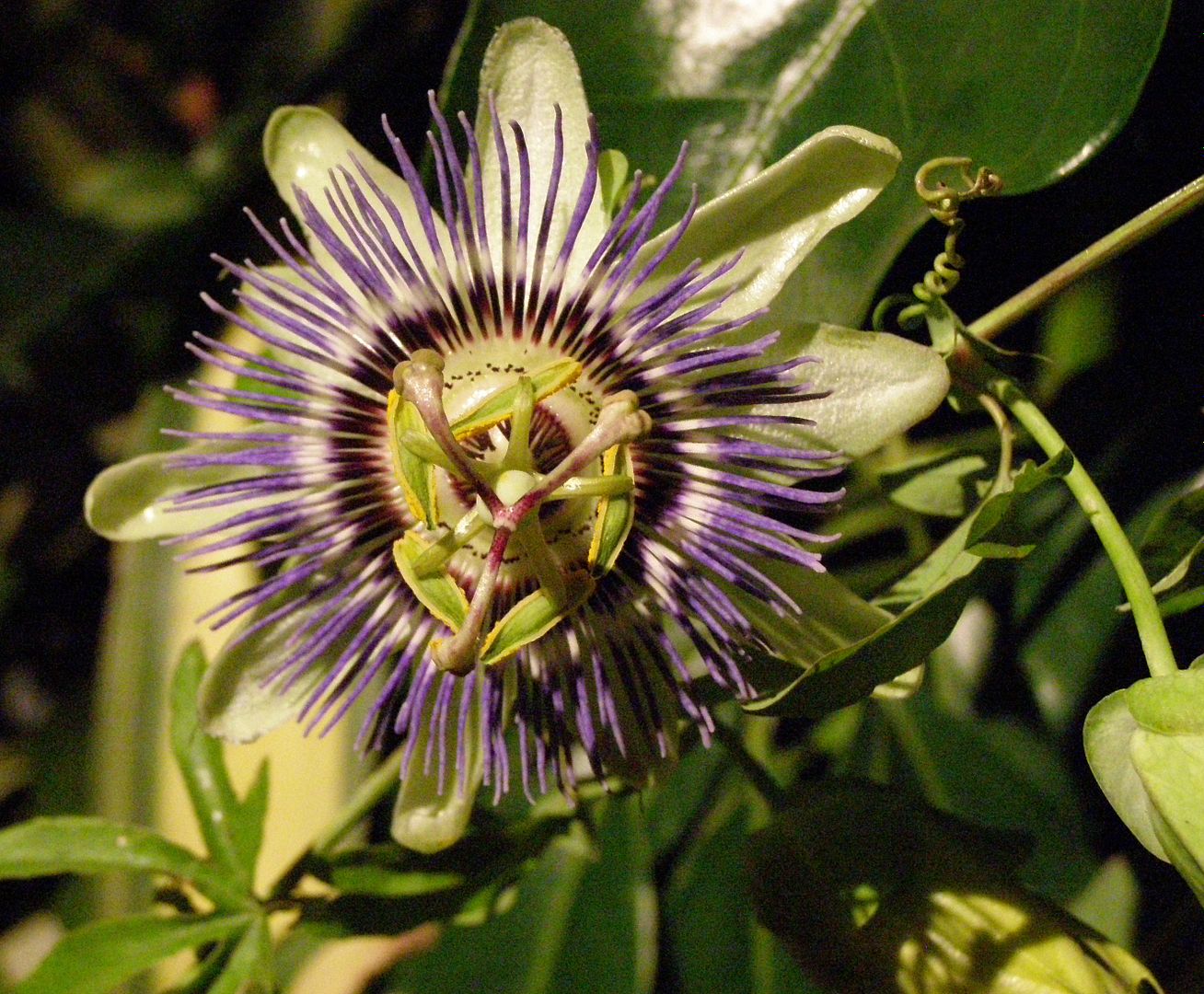
Passion Flower! Another good one to see. I love this one in particular because we have a native, Passiflora incarnata, that puts this nonnative import to shame. To be fair though this Passion flower might have simply been stressed or some pale cultivar I didn't recognize. I read the tag for it and it wasn't anything I recall being native anyhow.

One of the venders had their own Passion Flower on display. Again though probably not native. I seriously think some adventurer who knew nothing about plants explored the amazon and brought back what he though was the prettiest and exotic looking plants with him... only to find out we have a perfectly good and colorful native already well established here in the US. and in some cases is considered a noxious weed. I wonder how many times that's happened in history because it seems to occur a lot.
A lot of these plants you were able to buy in bulk. Bulbs especially were all over the place. Often times though they seemed over priced. They did have a lot of uncommon colors and varieties there though. Word of warning though. For the past two years I bought Fox Tail and not once did they grow.